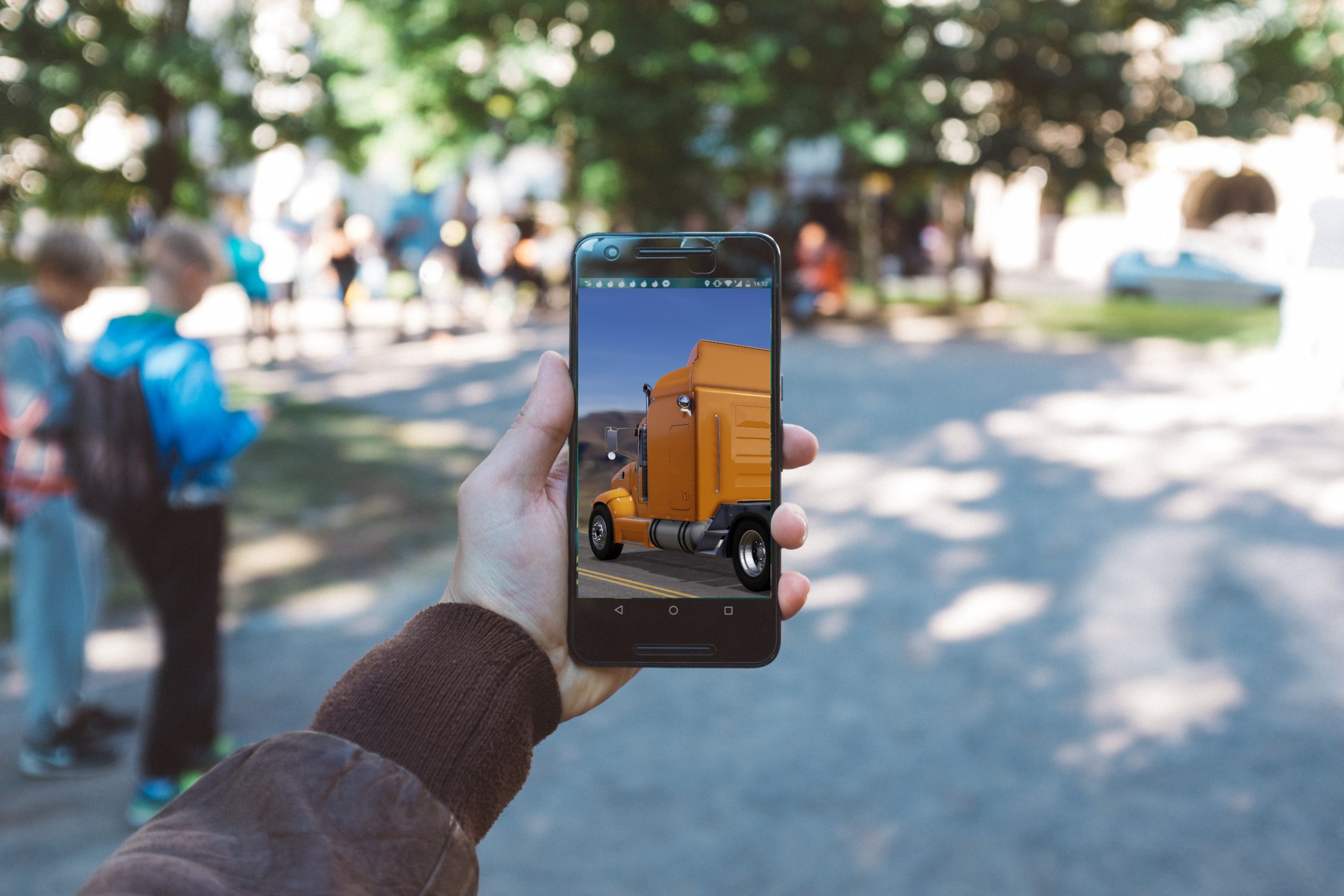5 Best Practices to Optimize Your Engineer to Order Process
Explore our guide on engineering-to-order manufacturing. ✓ Get insights into custom solutions for your industry and best practices to optimize your ETO process.

The Ultimate Guide to Engineering-to-Order Manufacturing
Amidst the escalating trend of personalization, the demand for tailored manufacturing solutions has reached unprecedented levels. However, this shift towards customization poses significant challenges for manufacturers. Traditional advantages of mass production, such as economies of scale and uniform inventory, are compromised.
To address this, a paradigm shift in manufacturing strategy is required – embracing the engineer-to-order approach. This method allows manufacturers to adapt and thrive in an environment where bespoke production is increasingly valued.
Before we go into the benefits and details, let’s start with a simple engineer-to-order definition.
What is Engineer-to-Order?
Engineer-to-order (ETO) refers to a manufacturing approach where products are custom-designed and built to meet the unique specifications of individual customers.
The primary advantage of engineering-to-order is flexibility. It allows manufacturers to develop nearly anything for their customers, giving them a competitive advantage in the marketplace. You can also charge a premium for ETO products, which helps with revenue.
But that flexibility is also a considerable challenge. Each project involves varying materials, components, and manufacturing processes. Standardizing everything in ETO is difficult, so lead times are typically longer than in mass manufacturing.
Other challenges of ETO include more risks and uncertainty (since the project has never been done before), supply chain issues, and quality control.
Because of ETO’s complexity, it often requires a careful approach. For instance, project management is more demanding as you must coordinate different departments like design and manufacturing. The design phase is also longer and involves extensive back-and-forth for approval.
Engineer-to-order examples are often found in industries that require customized solutions, such as construction, aerospace, industrial equipment, and shipbuilding.
The Difference Between Engineer-to-Order and Make-to-Order
Engineer-to-order is often confused with another manufacturing approach, make-to-order (MTO).
MTO is a method where products are only created when a customer places their order. MTO and ETO contrast with Make-to-Stock (MTS), where manufacturing is done to anticipate customer demand.
What separates ETO and MTO is the level of customization involved.
ETO products, as we’ve discussed, are heavily customized. In contrast, MTO goods require little to no customization. Often, any changes are only minor variations of standard or pre-existing designs.
A good example is a laptop that looks similar to its peers but differs in the underlying specs. Because of this, MTO has a significantly shorter lead time than ETO. In fact, the effectiveness of MTO relies on churning out products quickly to customers.
Inventory management is also different. ETO components are sourced as needed since each project is unique; therefore, inventory usage is minimal. MTO’s limited configuration means it relies more on stocks of standard raw materials.
The Engineer-to-Order Manufacturing Process
Now, let’s go through the steps in a typical ETO workflow.
Specifications and Quoting
The first step in the ETO process starts when a manufacturer gets a request for quote (RFQ) from a client. The client’s aim is to get different price offers from various manufacturers, compare them, and then choose the best one for their project.
An RFQ is a formal request for pricing and detailed information about a specific project or customized solution. RFQs usually contain technical requirements, quality standards, a target budget, and a proposed timeline.
If a manufacturer thinks it can take on the RFQ, it responds with an initial quote. Here, designers and engineers collaborate on creating a product specification and pricing that fulfill the RFQ’s requirements.
Clients rarely go with the first quote. They often request changes or compromises, which the manufacturer will revise and resend for approval. This back-and-forth process continues until both parties arrive at a final quotation.
Design and Engineering
With a final quote and specification on hand, the manufacturing firm proceeds to flesh out the product design that’s ready for production.
To achieve this, the design team starts with a conceptual product design. Designers create sketches, wireframes, and other initial designs.
The engineering team is often involved in ensuring the real-world feasibility and safety of the design, addressing specific dimensions, materials, and tolerances. Designers then refine the product drawings to reflect their suggestions.
Computer-aided design (CAD) is also utilized to simulate and validate the design. The team can also send the CAD drawings to the client for feedback and approval.
Process Planning
After the final product design is decided, the next step is to devise a process to implement it. This is where process planning comes in.
Process planning is essential in engineering-to-order due to the distinct nature of each project, requiring the custom design of the entire manufacturing process to align with the project’s unique specifications.
The goal is to design the project’s most efficient and cost-effective production pipeline. It’s also a chance to identify potential issues early so the team can address them. Without this step, you risk creating a product of lower quality and higher cost.
Process planning begins with a thorough review of the specifications and other relevant details by the production team. Through this, they’ll determine the processes required and the best sequence to execute them.
Part of this step is allocating the right resources to the project. This includes scheduling machine time, staffing, raw materials, and auxiliary services.
Product Concept Confirmation
Before the final product design is transferred to the production team, it is essential to complete a critical confirmation step.
Here, the specifications are reviewed and validated to ensure alignment with the customer’s requirements and expectations. A meeting with the client is often done to clarify any ambiguities and address questions.
The team will also send everything that needs approval. These include the final costs, bill of materials (BOM), projected timeline, and manufacturing process. Changes can be suggested by the client if needed.
Once the client provides the final approval, the production process begins.
Manufacturing
This step is where the rubber meets the road.
First, the workflow devised during the process planning stage will be implemented here. Machines and special equipment are procured, installed, and tested. Then, the fabrication of the individual component begins.
Rigorous quality assurance is also implemented throughout the process to verify that every step meets all specifications and performance requirements. For specific projects, customer acceptance testing (CAT) may be utilized.
The components are then assembled into the final form and tested thoroughly. Finally, the product will be dispatched for delivery to the client.
A dedicated installation team will set up the product and officially hand it over to the client if required. Additionally, training sessions can be organized to help the clients understand how to use and maintain the product effectively.
5 Best Practices to Optimize Your Engineer-to-Order Process
Complexity is a natural part of ETO, meaning work times for projects tend to go over time and budget. However, there are certain best practices you can do to minimize this. Here are some examples:
Establish Open Communication
Open communication is critical for success with engineered-to-order processes. It ensures that your team thoroughly understands the client’s requirements, expectations, and preferences so you can create a perfect product for them.
Collaboration between teams is also required with ETO, and this is something open communication can facilitate. Without it, the product can’t flow smoothly from one step to the next.
There are many ways to implement open communication, but the best way is through having clear communication protocols. For instance, you can require everyone to use project management software to track all the moving parts. Having regular team meetings in person or via Zoom is also helpful to keep the team on the same page.
Use CPQ Software
Engineer-to-order software can streamline the entire engineering-to-order process. One of the most critical in the early stages is CPQ software.
CPQ (Configure, Price, Quote) software like Tacton CPQ streamlines the specification and quoting process. It allows anyone – even non-technical users – to create product specifications, features, and components using a graphical UI.
More importantly, CPQ software automatically generates pricing and quotations from the set product specification. These can be flexible enough to account for discounts, bundle pricing, and other pricing schemes.
CPQ software significantly enhances the efficiency of the planning process. This tool lets sales agents quickly generate precise specifications and pricing details based on a client’s needs, often within just a few hours. This rapid turnaround enables them to secure more deals in a shorter time, thereby boosting the company’s revenue.
Moreover, once the quote is approved, these specifications can be automatically transformed into CAD drawings. These are then seamlessly forwarded to the engineering team, eliminating the need for manual creation and transfer of files, which often leads to errors. This streamlines the entire process, ensuring accuracy and efficiency.
Standardize Procedures
While ETO projects are unique by nature, several aspects of the process can be standardized. This is the secret to making ETO more efficient and cost-friendly.
For example, you can create standardized templates for key project documents such as plans, design specifications, and quality control procedures. Having templates can save you plenty of time when drafting these key documents.
You can also outline standard engineering steps that apply to every engineering-to-order project. For instance, every product would require testing, inventory management, prototyping, and design validation. Creating common SOPs and implementing them across every project you do ensures consistent quality.
Focus on Documentation
Documentation is critical to navigating the complexities of ETO projects. It is a clear reference point for all stakeholders, including engineers, designers, project managers, and the client. Without it, it’s easy for one or two teams to go off completely off-track.
There are many ways to implement adequate documentation.
One strategy is to have a clear version control system to track document changes. Clearly indicating updates to a document can help avoid confusion and eliminate the risk of anyone working on outdated information.
You can also require every team to accomplish and submit progress reports. This document provides task status, achievements, challenges, and upcoming milestones of every person involved in the project. It’s a practice that promotes transparency and helps managers detect potential problems before they arise.
Finally, ensure all documents are located on a cloud-based, centralized repository for easy access.
Track Key Metrics
Metrics are essential for gauging the progress and success of an ETO project. They can also help you see the early signs of trouble so you can course-correct immediately.
For example, the defect rate metric measures the percentage of items produced that are broken to the point of being unusable. Lowering your defect rate requires looking at your production process and equipment.
Another is resource utilization rate, a metric that assesses how efficiently resources (like labor and equipment) are used throughout the project. You want to maximize your utilization rate to keep costs low.
There are dozens of other metrics you can use. What’s important, though, is to adapt those metrics that are relevant to you.
CPQ Software for Engineering with Tacton Systems
As you can see, engineer-to-order projects are some of the most challenging and complex in the manufacturing industry. To succeed, you’ll need to automate some of these complexities so your team can focus on designing and building successful products.
This is where Tacton CPQ software for engineering can help you.
Our system can help streamline some of the most tedious parts of the sales process. Design a product specification, calculate pricing, and generate a professional quote in a fraction of the time.
It’s clear why Tacton stands as the premier CPQ solution in the manufacturing sector, earning the trust of industry giants like Yaskawa, Husky, and Siemens. With a solid 25-year history of innovation, you can rely on us to provide cutting-edge solutions that will enhance the agility and profitability of your manufacturing business.
Want to learn more about Tacton CPQ? Contact us now to schedule a free demo.

